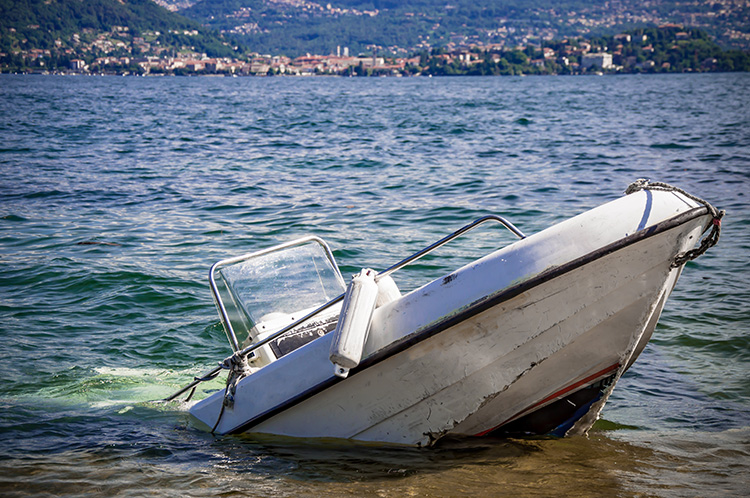1. KNOW WHAT’S PROTECTED

If property covered by your policy suffers a covered loss or damage, you should file a claim with your insurance company. Based on the terms and conditions of your policy you may be partially or fully reimbursed for your damages. If you need a refresher on what your policy covers and up to what amount, check your policy or contact the underwriting department.
---------------
2. NOTIFY YOUR INSURANCE COMPANY

After suffering a loss, you should contact your insurance company as soon as possible. They will take a first report by phone or you can submit your report online. You should report how and what happened, the details of the accident, any injuries, extent of damages, and any other information you have relating to the loss or items that may be covered under your policy. In addition, you should provide the names and contact information of any witnesses or injured persons. If your insured property was stolen or vandalized, you should file a police report as well.
---------------
3. PROVIDE PROOF

Providing proof of the damaged property will strengthen your claim. Photos can be a vital component and should be submitted as soon as possible. Your adjuster will add all documentation into your report so that it may be reviewed and resolved as quickly as possible.
---------------
4. COOPERATION IS KEY

Cooperating and assisting your adjuster, legal personnel, and all other parties involved will make your claim smoother and faster. Your adjuster will want an opportunity to inspect and appraise all damaged property before its repair, even if that means simply obtaining photos and an estimate of the necessary repairs.
---------------
5. PAYMENT

Finally, with any damage or loss, you’ll want to receive the coverage you paid for! If you claim is covered, your adjuster will process the payment as soon as the completed report is approved. From there, you can get back on the water and seas the day!




